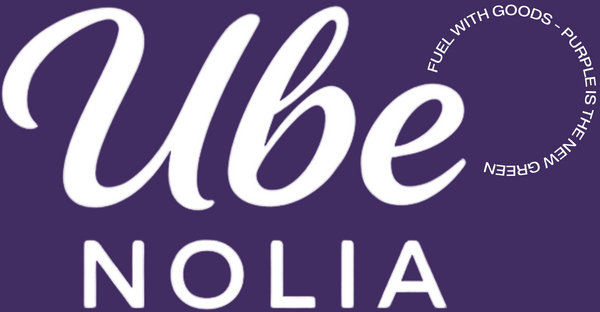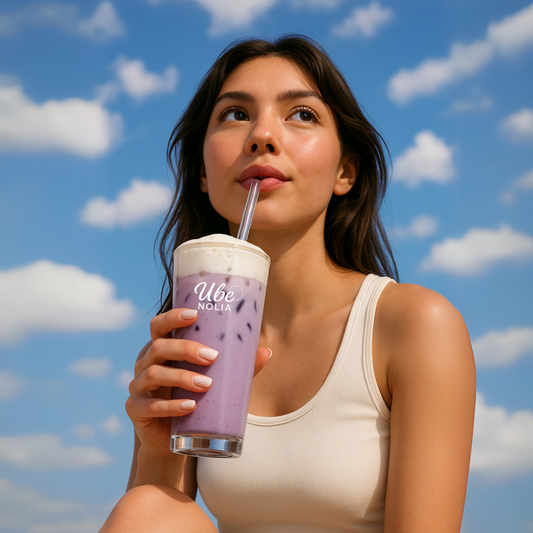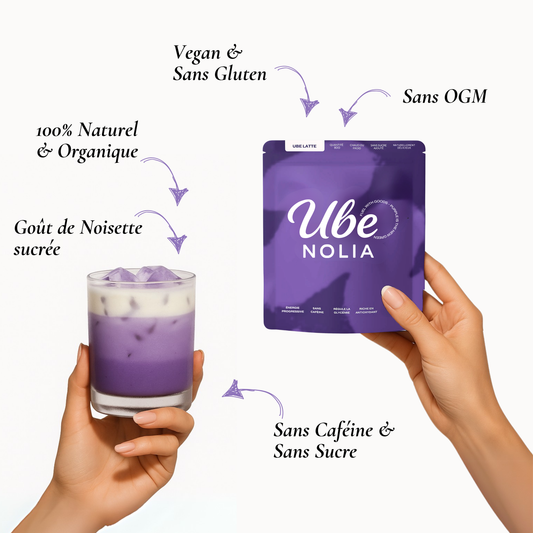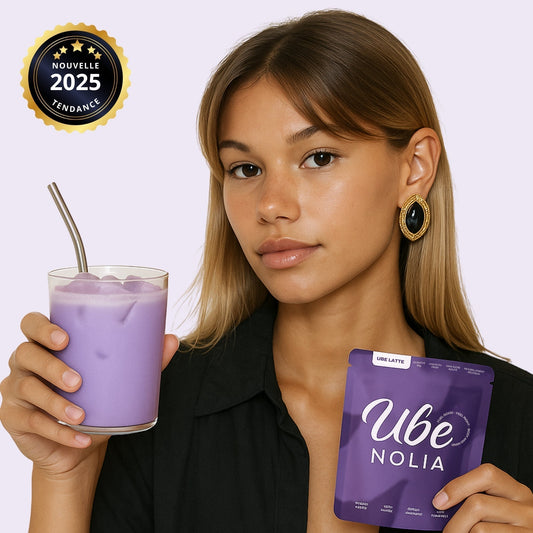Ube Latte Taste: An Unmatched Indulgent Experience
Curious what a ube latte tastes like and why this purple brew gets so much buzz? Here’s a complete guide to tasting a fragrant ube latte, understanding its flavors, and nailing the prep at home or in a coffee shop.
You can also read: Which brand offers the best ube?

Ube Latte Taste: what does it actually taste like?
An ube latte is gently aromatic and dessert-like: natural vanilla notes, a hint of toasted hazelnut, and a touch of almond. The perceived sweetness comes from subtle aroma, not excess sugar. On the palate it’s clearly indulgent, delicious, with no bitterness or acidity.
Ube latte vs. tea & coffee: caffeine, theine, and mouthfeel
Unlike coffee (rich in caffeine) and some teas (green tea, black tea, various green teas with different theine levels), ube latte is naturally caffeine- and theine-free. It’s a gentle evening option or a personal “detox” break while staying comforting and colorful.
Ube Latte Taste: how ube powder quality shapes aroma
The quality of the ube powder directly determines the ube latte taste. A 100% root powder, properly dried and finely micronized, dissolves quickly and yields an even color. It concentrates purple pigments (anthocyanins), natural antioxidants that give the intense hue without masking flavor.
Ube powder buying checklist
- Clear composition (100% ube, no additives).
- Lot/Best-Before Date traceability + Philippine origin.
- Available testing (microbiology, heavy metals, pesticides).
- Fine particle size, fast dissolution, stable color.
Ube Latte Taste: step-by-step barista recipe (hot & iced)
These methods showcase ube latte taste without covering up its natural flavors.
Hot ube latte (quick whisk method)
- In a small cup, mix 2.5–3.5 g ube powder (about 1 level teaspoon) with 1 tbsp very hot water. Tip: use boiling water just off the boil for a smooth paste.
- Heat 200–250 ml milk (dairy/oat/soy milk) in a saucepan or with a steam wand without boiling, then texture it.
- Pour milk over the ube paste, lightly sweeten if desired, and whisk to combine.
Iced ube latte (tall-glass service)
- Stir 3 g powder into 40 ml hot water and let it cool slightly.
- Fill a large cup or glass with ice and add 200 ml cold milk.
- Pour in the ube base and stir 3–4 times: purple marbling guaranteed.
Ube Latte Taste: “infuse” method for ultra-smooth texture
Some baristas prefer to infuse ube like a thick herbal tea to get a silky brew.
Gentle infusion (teapot & tasting cups)
- Place powder in a fine filter or mesh teapot.
- Pour in very hot boiling water (just off the boil) and infuse 2–3 minutes, stirring with a teaspoon.
- Top with textured hot milk, then serve in small cups for a “pastry-style” tasting.
This approach reveals a more delicate aroma and suits those sensitive to thicker textures.
Ube Latte Taste: pairings & controlled customizations
Ube latte taste handles a few complementary touches without losing its identity.
Mint, ginger & rooibos: aromatic boosters
A fresh mint leaf or a hint of ginger infusion adds freshness. For a no-caffeine base, plain rooibos can underpin the infusion without overpowering ube.
Ube & desserts
Serve ube latte with low-sugar desserts (almond sablé, chiffon cake) to highlight indulgence and the vanilla/hazelnut flavors. A “cup + mini slice” duo helps tasting and add-on sales.
Ube Latte Taste: compare with staple teas
Position ube latte taste versus green tea, black tea or an herbal tea:
| Beverage | Dominant flavor | Stimulation | Best moment |
|---|---|---|---|
| Ube latte | Vanilla/hazelnut/almond, highly aromatic | No caffeine/theine | Brunch, snack, evening |
| Green tea | Vegetal, sometimes briny | Mild stimulation | Morning, early afternoon |
| Black tea | Round, malty | Stimulating | Breakfast |
| Rooibos / herbal | Sweet, spiced by blend | Zero stimulation | After dinner |
Ube Latte Taste: feel-good & lightness
Without medical claims, ube is appreciated for antioxidants (anthocyanins) and fiber. A moderately sweet latte fits well after meals. Choose easy-to-digest milks (oat or unsweetened soy) and avoid heavy syrups.
Serving tips
- Preheat the cup so flavors stay stable.
- Whisk or froth finely for a silky texture.
- Avoid boiling milk—gentle heat preserves aroma and color.
Ube Latte Taste: storing powder & consistency
Store ube powder airtight, dry, away from light. Note the pouch opening date, use a dry teaspoon, and keep a dosing table for consistency.
Pouches vs. bulk
80–100 g pouches suit trials/home; bulk (1–5 kg) suits cafés for steady ube latte taste and better cost per cup.
Ube Latte Taste: detailed saucepan method
- Gently heat 250 ml milk to first bubbles (no boil).
- Make a paste with 1 level teaspoon ube powder + 1 tbsp hot water.
- Pour milk over, whisk 10 s, sweeten to taste. Enjoy immediately.
Quick FAQ
Does ube need to boil?
No—very hot water is enough. Avoid boiling milk.
Can I infuse it like tea?
Yes—short infusion in a fine filter, then add milk.
“Detox”: myth or reality?
Mostly subjective: no caffeine/theine, calm tasting, antioxidant pigments.
Where to buy good ube powder
Choose 100% ube powder with traceability/testing. Ube Nolia selects Philippine lots, provides COA/TDS per lot, and offers home/pro formats.
ube latte taste ube latte ube powder tasting green • black • rooibos
Get it now to make delicious recipes: lattes, cakes, bread…











